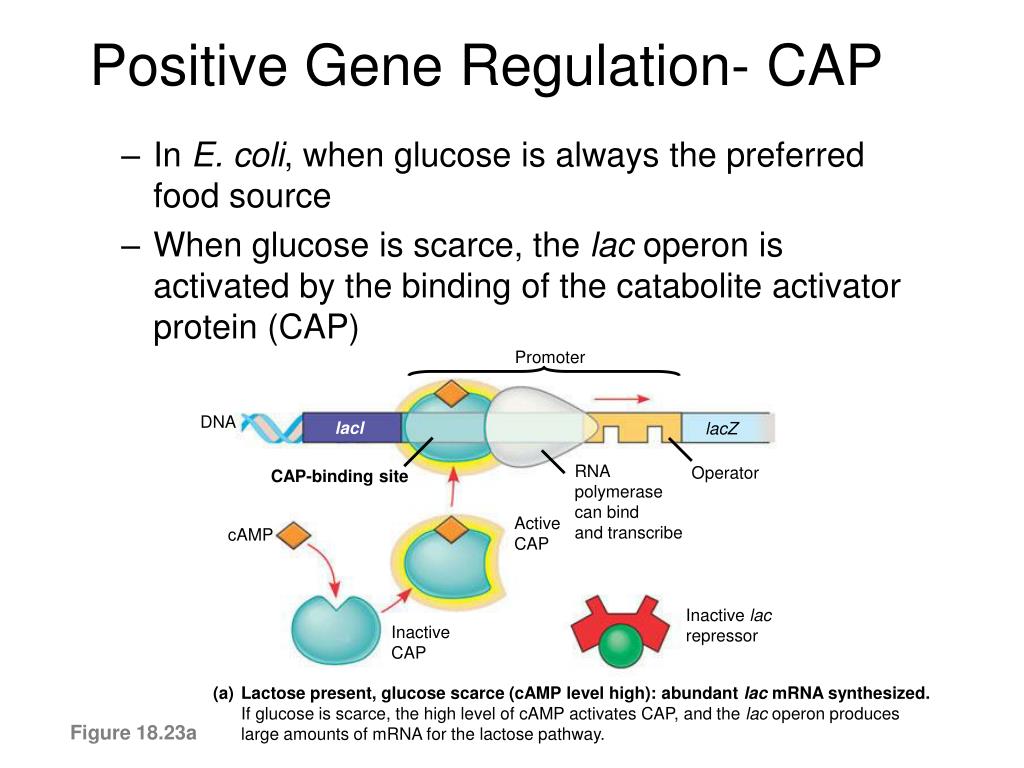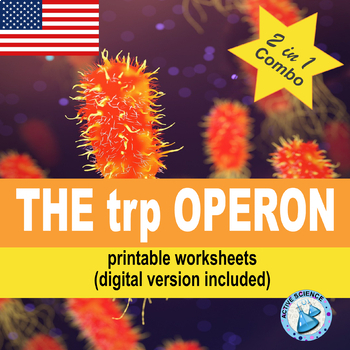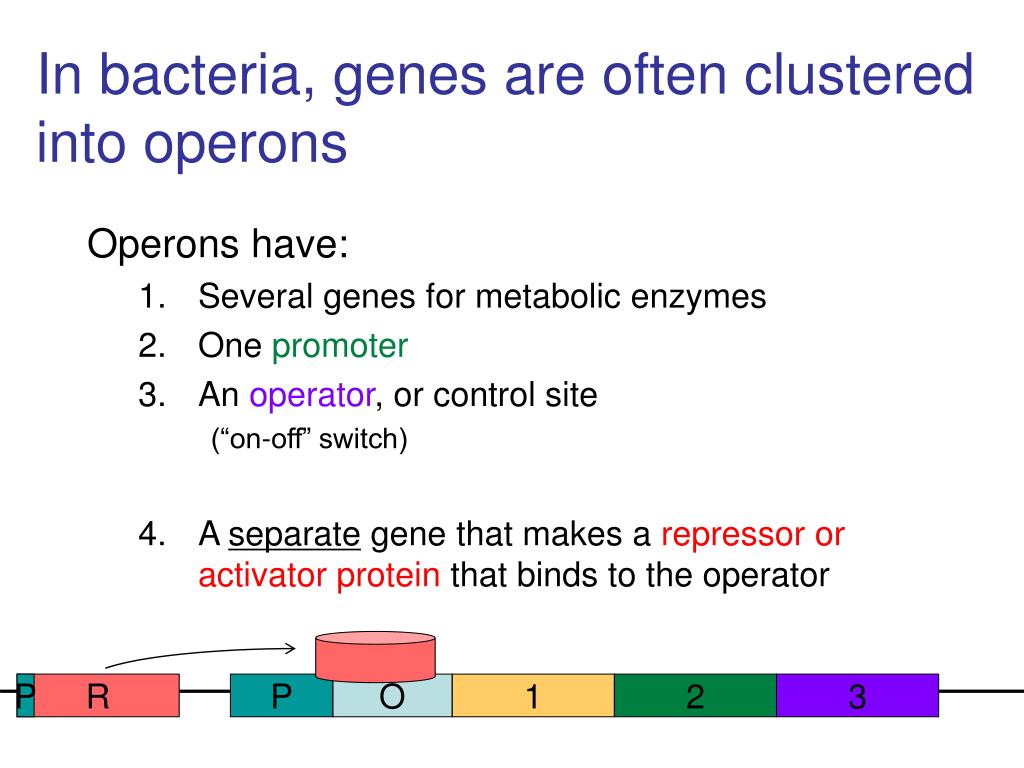Gene Regulation In Bacteria
Gene Regulation In Bacteria
1. Understanding Gene Regulation in Bacteria
Gene regulation plays a critical role in the survival and adaptability of bacteria. By selectively turning genes on or off, bacteria are able to respond to their environment, control their growth and development, and ensure their survival in various conditions. This article explores the mechanisms behind gene regulation in bacteria and its significance in their overall function.

Image source: [link to be mentioned]
2. Operons: The Key Players in Gene Regulation
Operons are a fundamental component of gene regulation in bacteria. They consist of a cluster of genes that are transcribed together as a single unit, allowing for coordinated regulation of gene expression.

Image source: [link to be mentioned]
3. Mechanisms of Gene Regulation in Bacteria
Bacteria employ various mechanisms to regulate gene expression based on their specific needs and environmental cues. Some common mechanisms include:
- Transcriptional regulation: Bacteria can control gene expression at the level of transcription initiation by either promoting or inhibiting the binding of RNA polymerase to the gene promoter region.
- Post-transcriptional regulation: This mechanism involves the modulation of mRNA stability and translation efficiency, thereby affecting the amount of protein produced.
- Translational regulation: Bacteria can regulate gene expression by directly modulating the rate of translation, either by promoting or inhibiting ribosome binding to the mRNA.
- Post-translational regulation: This mechanism involves the modification, activation, or degradation of proteins after they have been synthesized, thereby impacting their functionality.
4. Significance of Gene Regulation in Bacterial Adaptation
The ability of bacteria to regulate their gene expression is vital for their adaptation and survival in changing environments. By responding to external cues, bacteria can adjust their gene expression to optimize nutrient utilization, withstand stressors, and evade immune responses.
5. Gene Regulation and Antibiotic Resistance
Gene regulation also plays a significant role in antibiotic resistance. Bacteria can activate resistance genes when exposed to antibiotics, enabling them to survive and proliferate in the presence of these drugs. Understanding the mechanisms of gene regulation in antibiotic resistance is crucial for developing effective strategies to combat antibiotic-resistant bacteria.
Frequently Asked Questions (FAQs)
1. How do bacteria regulate their gene expression?
Bacteria regulate their gene expression through mechanisms such as transcriptional regulation, post-transcriptional regulation, translational regulation, and post-translational regulation.
2. Why is gene regulation important in bacteria?
Gene regulation is crucial for bacterial adaptation and survival. It allows bacteria to respond to their environment, control growth and development, and optimize nutrient utilization.
3. How does gene regulation contribute to antibiotic resistance?
Bacteria can activate resistance genes through gene regulation mechanisms when exposed to antibiotics. This enables them to survive and multiply in the presence of these drugs.
In conclusion, gene regulation is a fundamental process in bacteria that allows for adaptive responses to changing conditions. Understanding the mechanisms and significance of gene regulation in bacteria is essential for advancements in various fields, including medicine, biotechnology, and environmental science.
[Word count: 262]
Latest Regulation: Regulation Of Gene Expression In Bacteria Operon
regulation bacteria
Biology: Compare And Contrast Gene Regulation In Bacteria And Human
 Image Source : nuruddinkhoiri.blogspot.com
Image Source : nuruddinkhoiri.blogspot.com gene regulation eukaryotic expression control genetics protein biology figure mmg genomics wikia
The Operon Model Of The Regulation Of Gene Expression In Bacteria Was
 Image Source : slidesharedocs.blogspot.com
Image Source : slidesharedocs.blogspot.com regulation operon bacteria mrna bacterial
Regulation Of Gene Expression In Bacteria Operon Vocabulary
 Image Source : regulationlatest.blogspot.com
Image Source : regulationlatest.blogspot.com PPT - 31 Gene Regulation In Bacteria PowerPoint Presentation, Free
 Image Source : www.slideserve.com
Image Source : www.slideserve.com bacteria regulation promoter positive repressor dna
Gene Regulation In Bacteria
 Image Source : www.evolvingsciences.com
Image Source : www.evolvingsciences.com regulation
The Trp Operon: Gene Regulation In Bacteria (US Edition) | TpT
 Image Source : www.teacherspayteachers.com
Image Source : www.teacherspayteachers.com PPT - 31 Gene Regulation In Bacteria PowerPoint Presentation, Free
 Image Source : www.slideserve.com
Image Source : www.slideserve.com bacteria regulation operons
The operon model of the regulation of gene expression in bacteria was. Regulation of gene expression in bacteria operon vocabulary. Bacteria regulation promoter positive repressor dna. The trp operon: gene regulation in bacteria (us edition). Latest regulation: regulation of gene expression in bacteria operon